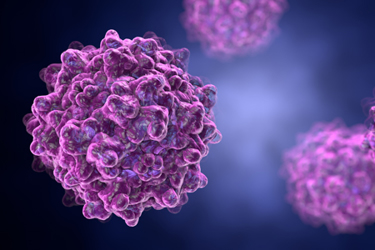Nonclinical Studies In CGT – Key Considerations And Regulatory Guidance

Traditional treatments can modulate the course of disease but fall short of providing cures, particularly for monogenic diseases, which are caused by mutations in single genes present from birth. It is estimated that over 6,000 monogenic diseases affect more than 350 million people worldwide. For these conditions, cell and gene therapies hold the potential to offer cures. However, the successful development of these cutting-edge therapies comes with significant challenges. Preclinical studies of cell and gene therapies face issues such as understanding on- and off-target activity, immune responses, and other serious adverse events (AEs), all of which must be carefully monitored and managed.
As Catherine Jomary, ATMP Lead at IPS-Integrated Project-Services, highlights, “The biggest challenges for … new genome editing therapeutics are the specificity of delivery, control of their activity, detection of potential off-target mutations, and their inherent immunogenicity. The goal of an efficient gene editing therapy is to show perfect specificity for the target sequence without mutations introduced to any other region of the genome.&rdquo
In this issue, we will explore considerations for nonclinical cell and gene therapy development, focusing on expert strategies to address complex challenges, enhance study efficiency, and maximize the translational potential for first-in-human trials.
Get unlimited access to:
Enter your credentials below to log in. Not yet a member of Drug Discovery Online? Subscribe today.
